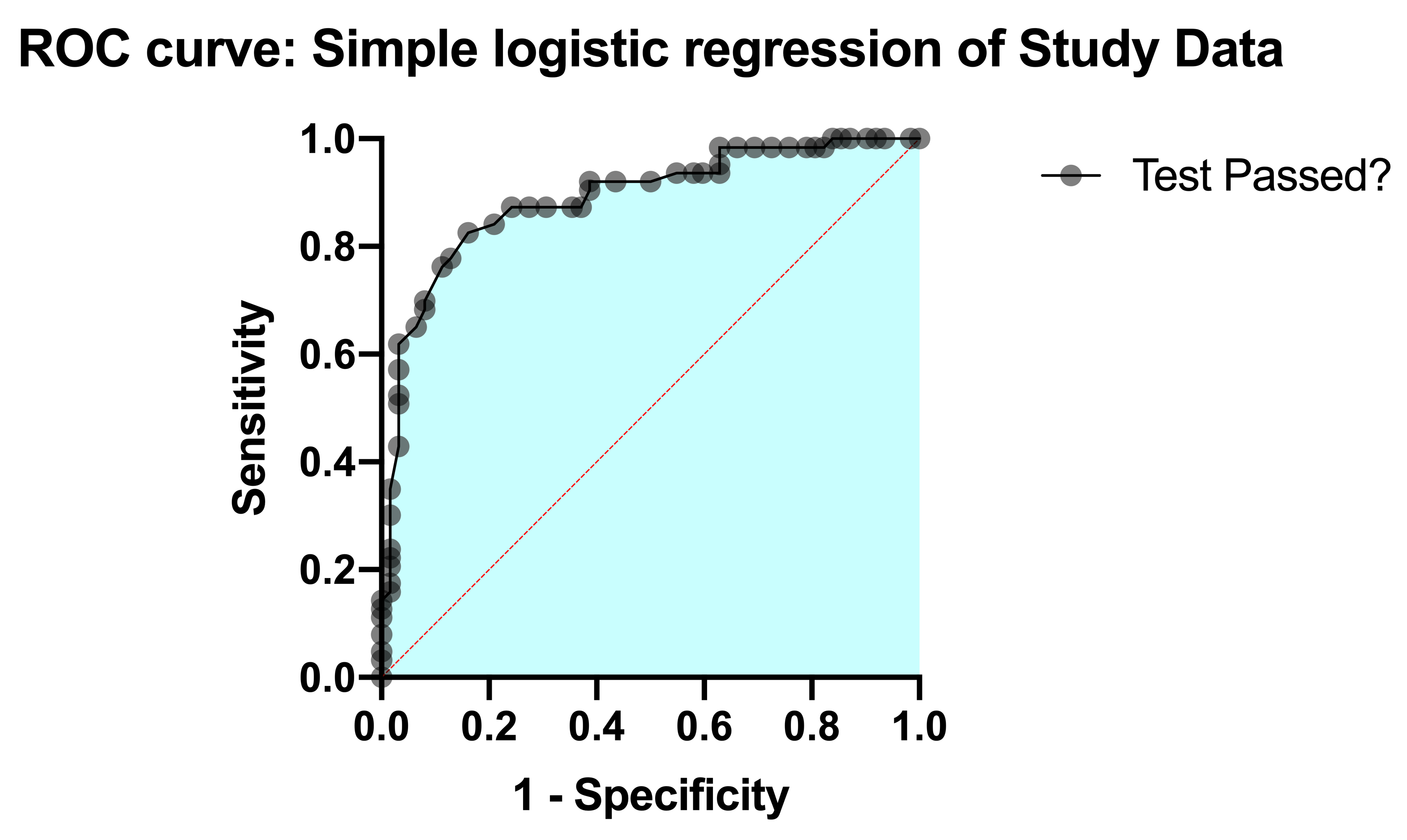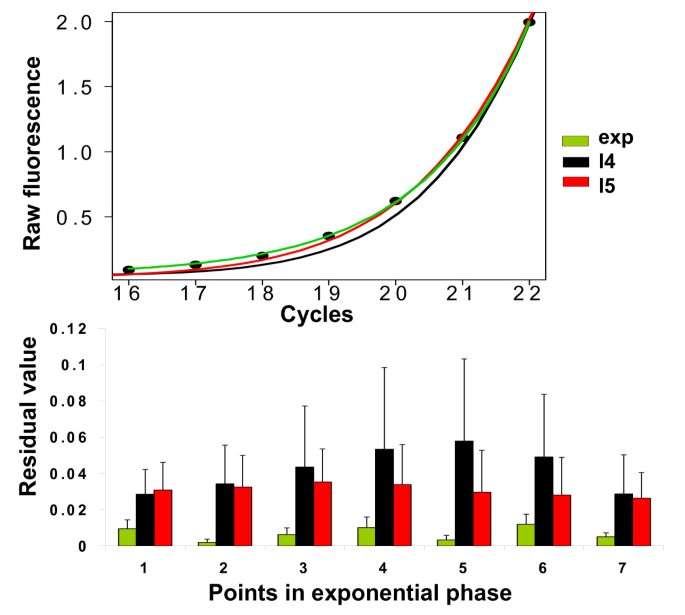
Prism requires you to specify exactly what model you want to fit. If your outcome (Y) variable is binary (has only two possible values), you should use logistic regression rather than multiple regression.

Note that the Y variable must be a continuous variable. The goal of multiple regression is to find the model that best predicts that variable. One variable is the dependent, Y, variable and you must tell Prism which variable it is. If the Y values are normalized counts, and are not actual counts, then you should not choose Poisson regression. That is the value you should enter for Poisson regression. If a machine says your sample had 98.5 radioactive decays per minute, but you asked the counter to count each sample for ten minutes, then it counted 985 radioactive decays. These must be the actual counts, not normalized in any way. Poisson regression is used when every Y value is a count (0, 1, 2. This is the appropriate choice if you assume that the distribution of residuals (distances of the points from the predicted values) are Gaussian. This method is often called a least squares method.

Prism minimizes the sum-of-squares of the vertical distances between the data points and the curve. Multiple linear regression is used when Y is a continuous variable.

#Graphpad prism 4 parameter logistic curve fit how to
For more information about how to perform multiple logistic regression, check out its section of the guide. This section describes options for linear and Poisson. Prism currently offers three different multiple regression model frameworks: linear, Poisson, and logistic.


 0 kommentar(er)
0 kommentar(er)
